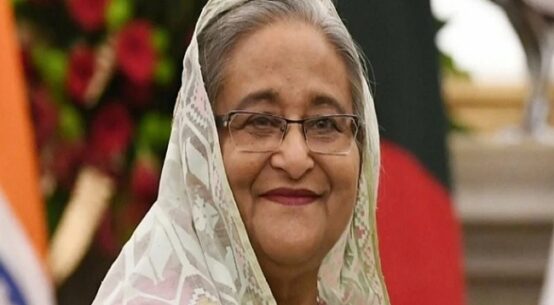
It’s generally held that Ekushey February is the mother moment of Bangladesh history. It is celebrated nationally to produce the cultural meta imagination of state building called Shaheed Dibash. It;s as much a cultural event as it’s a memorial to the national identity surge that ultimately birthed Bangladesh as the Bengali state.
And that is also seen as a fitting rebuttal to the other nationalist surge which supposedly birthed the previous state seeking aspiration, the Muslim state of Pakistan. Mingled into all this is the collateralization of political domination through culture. Politics in most if not all spaces look for the legitimacy that will push it from the realm of political sociology to that of political theology.
In that process, Ekushey has become the Big Bang of our state making theology of history. Why and how did that happen?
A long history of political claims
The class origins of cultural movements are less studied in our world. Over time, such movements are deified and in the process placed outside scrutiny. Cultural events therefore are seen as a fundamental phenomenon that ultimately ends with claims and credit of state making. This has also been the case of Ekushey. But who did it and why is not asked.
As a sacred issue, it becomes a historical trigger beyond question and remains less examined. Ekushey signifies the primary marker that became the trigger of history which in turn produced 1971. In the end, the claim of 1952 is actually about who owns the state that 1971 gave birth to. Cultural identity is used to describe qualifications regarding the ownership of the state.
State ownership qualifications
State identity markers are multiple and sourced from all dimensions of society. They are from race, ethnicity, language, faith, territory, class clusters etc. Every person carries several of these markers so it becomes a contest of proving which marker is dominant historically hence has the right to claim ownership or dominance.
One purpose of single markers is their unifying role in a nation-state making project. It’s necessary to unite them under one meta banner of uncontested “sacred” identity markers ignoring or diminishing other markers. This has been observed in South Asian history consistently. Establishing a “nation-state” exclusive to one identity allows effective denial of diversity and rights of others even when the demand for a state began with resistance to denial.
Hence the culturalization of politics has become a very important exercise as it defines controlling political state management schemes. Thus they are not “cultural” in its commonly understood sense but act as an aid of political control of a class or group.
Cultural processes have no objective of controlling but its political users do. The process of amalgamating both cultural and political is therefore critical to achieve this. Ekushey as the ultimate national icon fulfills those objectives.
Socio economics of state making identities
Such icons have dominant and subsidiary characteristics. Their proximity to the socio-economic space is important in understanding the semiotics of the event and its purpose. Ekushey also needs to be interpreted by tracing its location, participants and ultimate iconization.
Ekushey is a dominantly a protest movement that began in the Dhaka city as a reaction to the marginalization of Bengali in state institutions and economic accessing system including civil service exams. Its leadership came from the elite educated minority.
This narrative established the dominant identity defining the aspired for state. It was this class’s main issue but was projected as the meta national issue of all. Bengali identity was projected as the dominant construction of the national liberation movement and described as the prime marker. In the process the bearers of the elite “salariat” class became prime interpreters of the state objective as well.
Language loyalty meant discarding religious identity. Pakistan was considered “Islamic” and Bangladesh was considered “Bengali” hence it was projected as a either or situation. In reality, putting two identities from different baskets made little sense but it was not a cultural issue but political. So it became a vehicle for state making nationalism. That both were present in Bangladeshis were ignored for the moment in striving for state making by the middle class Ekushe based leadership.
1971 politics of state making
1971 shows that the most robust resistance to Pakistan came from the peasantry who had little to do with cultural markers like language and religion as they were dominated by agriculture not formal state institution based official employment or urban cultural activities. They had little education so language mattered even less. They, to put it mildly, were not “Bengali nationalists” They had no discernible socio-economic stake in the language issue.
Current research shows that the peasantry interprets the world differently from the middle class and produces and follows their own historical streams. What is also clear is that a state is not a monolithic interest or identity driven project but one which encapsulates many ideas and identities. If that is so, the search for the nature of the state and its actual identity must continue instead of settling for a single class’s version of history, culture and more importantly politics.


